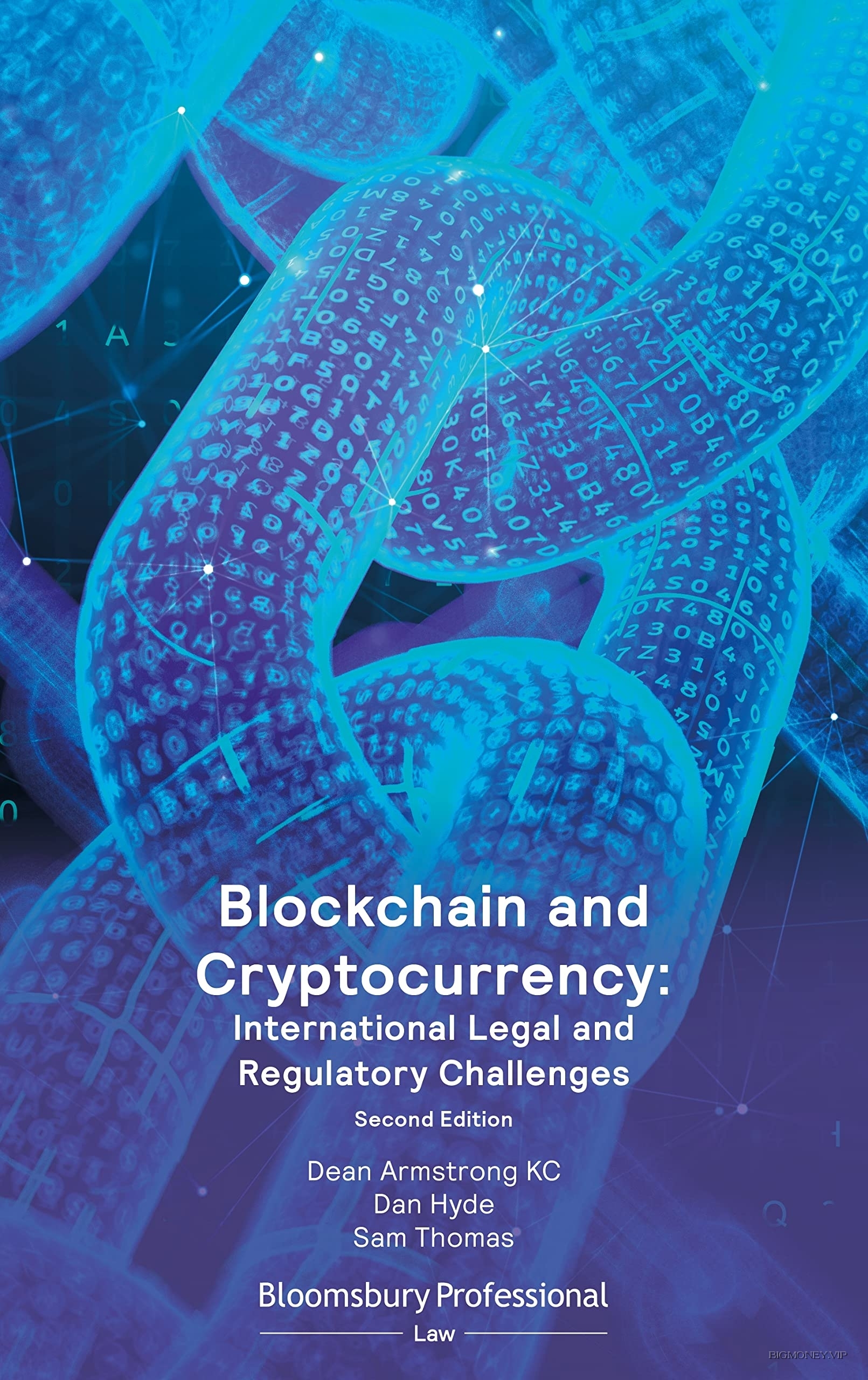
Chapter 1
Introduction
1.1 Welcome to the Second Edition of Blockchain and Cryptocurrency:
International Legal and Regulatory Challenges. When we wrote the original book
that will now be known as the First Edition, we were not at all certain there would
be a sequel; we could imagine a strong future for blockchain and distributed
ledger technology but cryptocurrency was facing bans in a number of countries
and its future success was not guaranteed. Yet as we look at cryptocurrency or,
as some may prefer cryptoassets, at the beginning of 2022 one might argue that
its rise has been equal to or even more stratospheric than blockchain. Indeed, my
co-authors noted that had we been writing the First Edition today there would
be healthy debate as to whether the book title order should be Cryptocurrency
and Blockchain rather than the other way round. The title however remains
faithful to the original as does our underlying philosophy that the book should
be as accessible and understandable as possible. Whilst many more readers
will be more familiar with blockchain and cryptocurrency this time around we
have tried to accommodate those who would benefit from an explanation of the
fundamentals. We again adopt the observation of Albert Einstein that ‘if you
can’t explain it to a six year old, you don’t understand it yourself’ and have
strived to elucidate blockchain, cryptocurrency and the new thinking that these
topics represent whilst always keeping in mind that it should be explained in a
way that anyone, including a six year old, would understand. In our view, far too
many books and articles discuss emerging technology in a way that baffles rather
than enlightens and we hope that this Second Edition achieves the right balance
between innovation of thought and clarity of explanation. This edition is, by
necessity, longer than the original. It now runs to twelve chapters, with essential,
additional content that includes an analysis of the various forms of fungible and
non-fungible cryptoassets, remedy and tracing strategies and a complete chapter
devoted to the Metaverse. In addition to this we have updated and expanded the
entirety of the book to ensure it has kept pace with change.
1.2 We are entering what has been referred to as the Fourth Industrial
Revolution or the Second Machine Age. The Third Industrial Revolution and
First Machine Age arguably began in the 1950s with the advent of digitalisation
and technological progress that was so significant and complementary as to
radically shape the world from what had gone before. That technological progress
continued apace into the Fourth Industrial Revolution to the point where the level
of digitisation and computing heralded global frontier-less interconnectivity and
breakthroughs in emerging technologies such as artificial intelligence, robotics,
quantum computing, the Internet of Things and decentralised consensus via
distributed ledger technology. There are valid arguments that this new Second
Machine Age is witnessing an era of technology that can both assist and
undermine humanity, with artificial intelligence capable of replacing areas of
human cognitive endeavour and cybercriminals utilising technology as a tool
for harm. It is certainly the case that cryptocurrency and blockchain have seen a
remarkable level of adoption and many individuals and businesses have woven
these technologies into the fabric of their operations.
1.3 The speed of that adoption has not always been matched by regulation
which has struggled to keep pace with technology and consequently there may
be a gap or uncertainty as to what the legal position is. Indeed, on 9 December
2021, the International Monetary Fund (IMF) posted a blog post which accepted
that cryptoassets are fundamentally changing the international monetary and
financial system. Cryptoassets, the IMF declared, were generating financial risks
that underscore the ‘need for comprehensive international standards that more
fully address risks to the financial system from crypto assets, their associated
ecosystem, and their related transactions, while allowing for an enabling
environment for useful crypto asset products and applications’. The IMF view
is that a global regulatory framework is required; that framework must include
licensing for cryptoasset service providers, bespoke requirements for the main
use cases of cryptoassets and stablecoins and clear requirements on regulated
financial institutions with exposure to and engagement with crypto. One aim of
this book is to help clarify, where possible, some of those issues in order that the
reader better understands what the current state of regulation is. We often hear it
said in the UK for example that blockchain and cryptocurrency are not regulated;
it will hopefully become apparent from this Second Edition that much depends
on how they are applied and that in many contexts it will be plain that the use
case, of blockchain or cryptoassets, is not regulation free.
1.4 This introduction provides a synopsis of the book’s content and
is intended to be a useful guide in introducing the reader to the core topics
with some context where it might assist. The scope of this work is limited to
blockchain (which is a type of distributed ledger technology), cryptocurrency
(to include cryptoassets such as non-fungible tokens (‘NFTs’)), the Internet
of Things, natural resources and ancillary concepts such as decentralised
autonomous organisations that required inclusion for the reader to have a
comprehensive appreciation of blockchain, cryptocurrency and the international
regulation and challenges that apply. As with the First Edition it was simply
not possible in a book of this length to forecast and examine every regulation
or future challenge though three years on we were able to cast the net wider
to catch new developments and challenges. It has also become apparent that
blockchain and cryptocurrency will continue to develop at pace and the zenith
for their optimal potential might not be realised for a few years yet. The
global adoption of smart cities with a myriad range of inter-connected health
and industrial devices will likely be at the forefront of this growth though a
multitude of other sectors will be involved too.
Blockchain and Cryptocurrency: International Legal and Regulatory Challenges by Dean Armstrong KC




